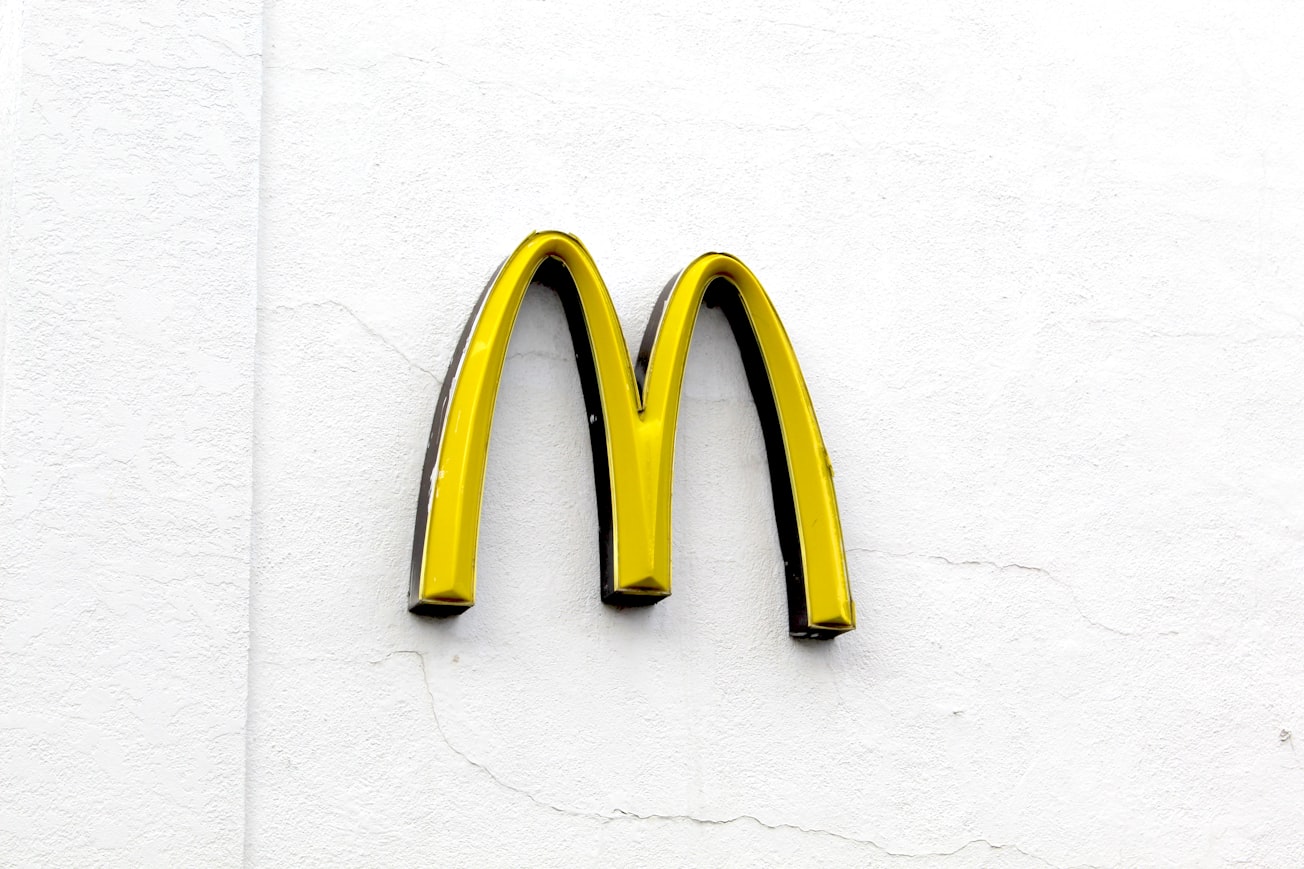What is it about?
Our environment is full of cues that signal rewards (such as beer advertisements or junk food logos). If someone paid you to not look at those cues, you think it would be easy to do right? Well actually it is really hard. We (and others) have previously shown that participants find it very difficult to ignore cues that signal reward, even if they are paid to do so. We use eye tracking and tell participants on each trial that they need to locate and move their eyes to a diamond shape. If they can find the diamond quickly and directly, they get some reward. The amount of reward that is available is signalled by another shape in the display - the distractor. The colour of the distractor (whether orange or blue) tells the participants whether they can earn a little money or a lot of money on this trial. But - if they look at the coloured circle, then the reward will get cancelled on that trial! In theory, it should be easy - participants just need to search for the diamond and ignore any coloured shapes. However,many studies have shown that participants look more often at the coloured circle on high reward trials (and therefore miss out on more high rewards) even though this is totally counterproductive to the goal of earning money. In the current study we wanted to extend those findings and see whether this 'attentional bias to reward' would reduce when participants were aware that no more monetary rewards were available. So towards the end of the task we told participants that there would be no more money available, no matter which coloured circle appeared in the display and that they should continue looking for the diamond as quickly as possible. We show here that this tendency to look at the high reward distractor continued, even though it should no longer have been rewarding.
Featured Image

Photo by Alexey Mak on Unsplash
Why is it important?
The fact that people find it hard to ignore reward signals even though it is totally counterproductive (and costs them money) has been argued to index issues with processing reward in the brain. This 'attentional bias for reward' might be a marker that an individual will have problems with excessive reward seeking in daily life (like we see in addiction or overeating). The fact that it does not go away, even when participants are aware that the coloured circle is no longer actually signalling reward, is worrying. It suggests that even if preferences change and individuals no longer find junk food or alcohol rewarding, that their attentional system will still continue to pay attention to those junk food and alcohol signals. This might promote problematic behaviours and impact choice. Considering how many reward signals we encounter in the urban environment and also in our home (TV advertisements etc), the fact that our attentional system is primed to look at them, even when we know they are no longer rewarding, is a potential concern.
Perspectives
This project was great fun to work on, with long standing collaborators. This was the start of a line of research that has explored these ideas in more detail - using real food rewards for example rather than monetary outcomes. I hope you find the article interesting!
Poppy Watson
University of New South Wales
Read the Original
This page is a summary of: Attentional capture by Pavlovian reward-signalling distractors in visual search persists when rewards are removed, PLoS ONE, December 2019, PLOS,
DOI: 10.1371/journal.pone.0226284.
You can read the full text:
Contributors
The following have contributed to this page










